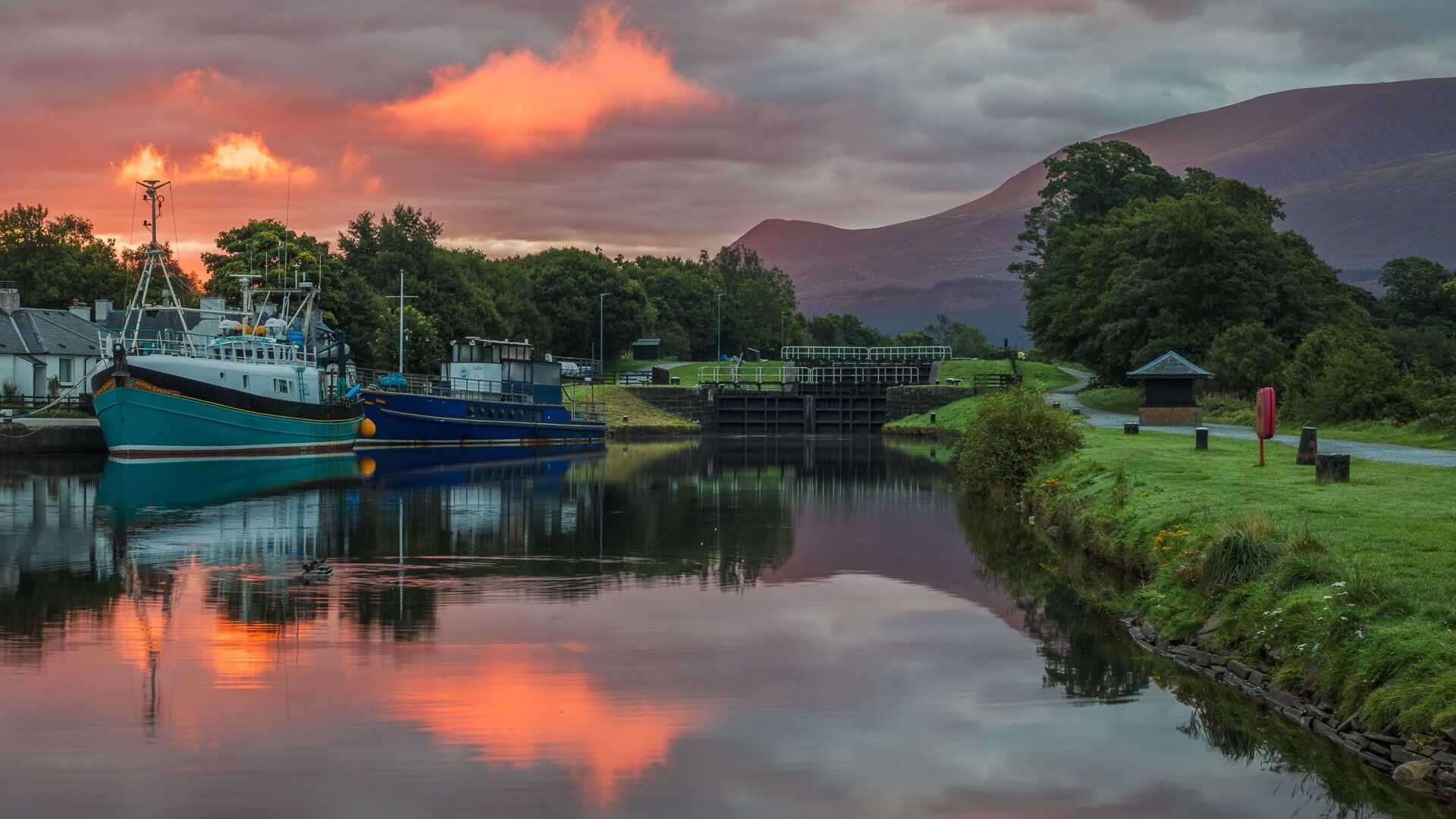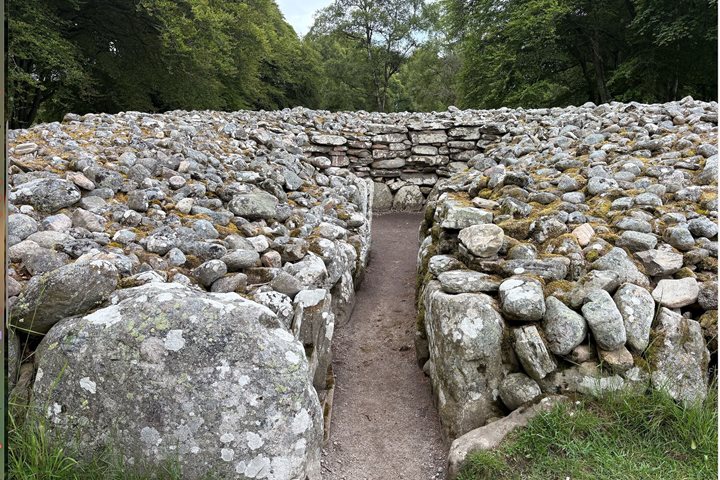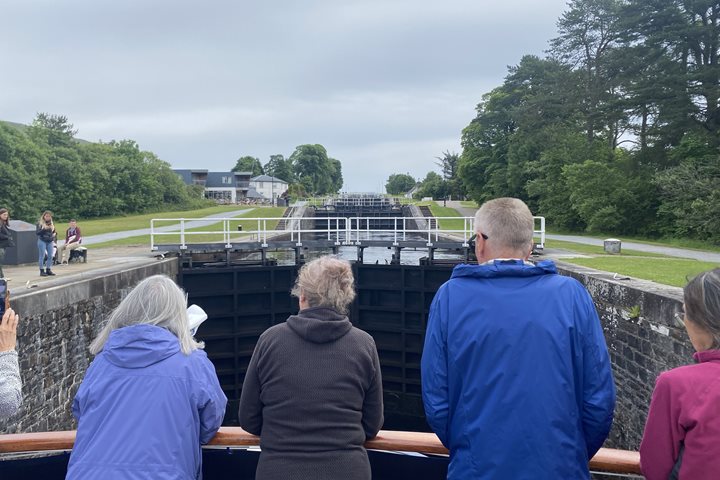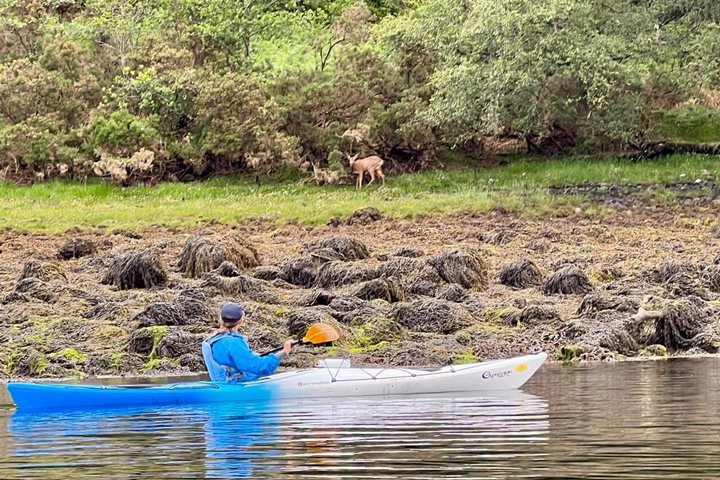From an overnight stop at Corpach, today the Lord of the Glens commenced its transit from south to north, through the Caledonian Canal. This protected waterway is an engineering marvel of the early 19th century, constructed under the supervision of Scottish engineer Thomas Telford. The canal connects the west and east coasts of Scotland via the geological fault line known as the Great Glen, thus enabling ships to avoid rounding the treacherous north coast. A series of locks allowed the Lord of the Glens to safely defy gravity as we sailed “uphill,” against the flow of water as it drops from the terrain’s high point. In the afternoon many guests disembarked at Kytra lock to walk the last part of today’s journey to the dock at Fort Augustus. There was also plenty of time for guests to enjoy this charming town at the southern end of Loch Ness.
6/15/2025
Read
Lord of the Glens
Loch Ness, Culloden and Clava Cairns
Today we entered the famous Loch Ness, home of Nessie! We then visited the hallowed Scots battle ground of Culloden. On April 16, 1746, Bonnie Prince Charlie and his highland troops fought a courageous but doomed battle against the well-armed troops under the Duke of Cumberland, the son of King George II. Fifteen thousand highlanders were killed, while the English lost 300. Culloden Moor was soddened from a recent rain, which greatly impeded the highland troops and their traditional form of warfare. Additionally, they were massively outgunned by the English artillery. Bonnie Prince Charlie managed to escape despite a £30,000 bounty on his head, and he returned to France. This ended the Jacobite efforts to return the throne to the rightful Stuart heirs. The Culloden Museum was excellent and provided an overview of the tragic event that took place there. We next visited the Bronze age site of Clava Cairns. There circular stone grave sites, passage graves, and standing stone aligned to the solstice are 4,500 years-old and part of the megalithic culture from Malta to Shetland. They have been used by the local population for ritual purposes and infrequent burials until 700 CE.







